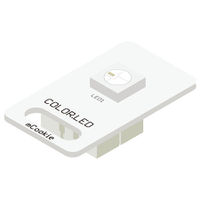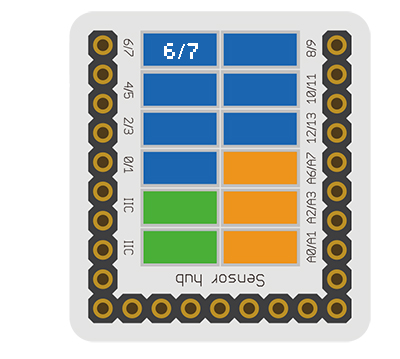Difference between revisions of "Sensor-Color LED"
From Microduino Wiki
(→Program Download) |
(→Results) |
||
| Line 71: | Line 71: | ||
===Results=== | ===Results=== | ||
| − | *After download, | + | *After download, observe the LED strip.. |
| − | *LED flashes in red and green successively with the interval of 1s. | + | *LED flashes in red and green successively with the interval of 1s. |
==Application== | ==Application== | ||
Revision as of 07:28, 8 November 2016
| Language: | English • 中文 |
|---|
|
The product number of Sensor-Color LED is: MSDL11 Sensor-Color LED is full color LED, adopting single serial cascade protocol. Only one I/O port can control the RGB color of each LED on the line. If the power supply supports, it can support the cascade of as many as 1024 LEDs.
ContentsIntroduction of Sensor Pin
Features
Specification
Documents
DevelopmentProgram Download
Programming
Hardware Setup
Results
Application
ProjectHistoryGallery
|


